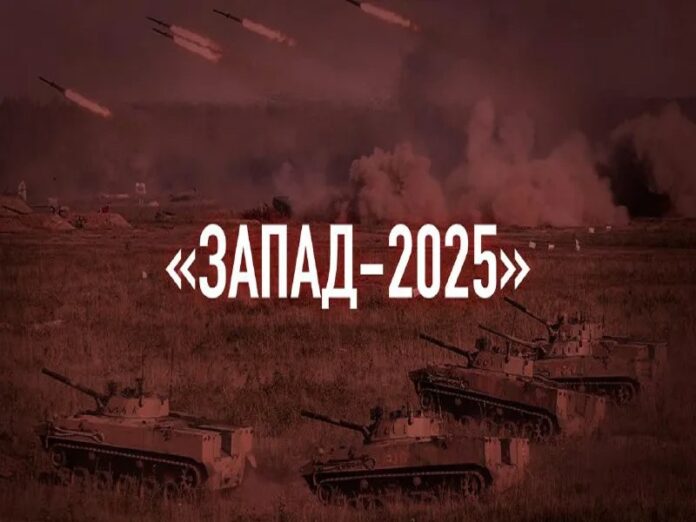Zelensky fearmongered about the following scenario during a speech at late April’s 10th “Three Seas Initiative” Summit: “Look at Belarus – Russia is preparing something there this fall, using military drills as cover. That’s usually how they start a new attack. But where will it go? I don’t know. Ukraine? Lithuania? Poland? God forbid! But we all need to be ready.” He was referring to fall’s next Russian-Belarusian drills, codenamed Zapad 2025, that’ll begin in Belarus in mid-September.
“Five Arguments Debunking Speculation About A Russian Invasion Of The Suwalki Corridor” were shared in the preceding hyperlinked analysis last month and should be read in connection with what Zelensky just suggested. Simply put, Russia has no reason to risk World War III, but the possibility of another offensive against Kiev from Belarus can’t be ruled out in principle. This could hypothetically complement the potential (North Korean-backed?) expansion of Russia’s ground campaign into other regions.
Nevertheless, it still remains unlikely due to Ukraine’s fortification of this frontier over what would by then have been the past 3,5 years since the start of Russia’s special operation, which included a Russian offensive against Kiev from Belarus. Not only is the element of surprise therefore gone unlike last time, but Russia and Belarus would be up against the whopping 120,000 Ukrainian troops that Lukashenko warned last summer are deployed along the border when justifying his own build-up back then.
What’s much more probable is that Zapad 2025 will just be an ordinary military exercise without any Russian forces crossing the Belarusian border into neighboring countries, especially NATO members, but with the new addition of Oreshnik and tactical nuclear drills. The purpose would be to deter a NATO and/or Ukrainian invasion of Belarus, which remains a tempting target for both, one that might become even more attractive to them if Western forces deploy to Western Ukraine without sparking a wider war.
In fact, it might be for the purpose of moving the needle in the direction of such a deployment that Zelensky fearmongered about another Russian offensive against Ukraine from Belarus, which he might have thought could convince policymakers to finally agree to this on the basis of “deterring Putin”. A related possibility is that he expected to manipulate them into legally guaranteeing the deployment of troops in that event via amendments to the security guarantees that they gave Ukraine last year.
The reason why there haven’t yet been any developments on this front is because Secretary of Defense Pete Hegseth declared in mid-February that the US won’t extend Article 5 guarantees to NATO countries’ troops in Ukraine. So long as this policy remains in force, and it’s not expected to change even if Trump blames Putin for the possible collapse of their peace talks, no amount of fearmongering from Zelensky about a Russian attack against NATO members or Ukraine during fall’s Zapad 2025 will matter.
Therefore, the most that his unrealistic scenario forecast might result in is Poland and Lithuania exploiting his words to further justify their respective East Shield and Baltic Defence Line border projects, which are already generally popular among their populations anyhow so the positive impact will be nil. The bottom line is that Russia is unlikely to use Belarus as a launch pad for any cross-border military action during their upcoming drills so observers shouldn’t take his faux warning seriously.
